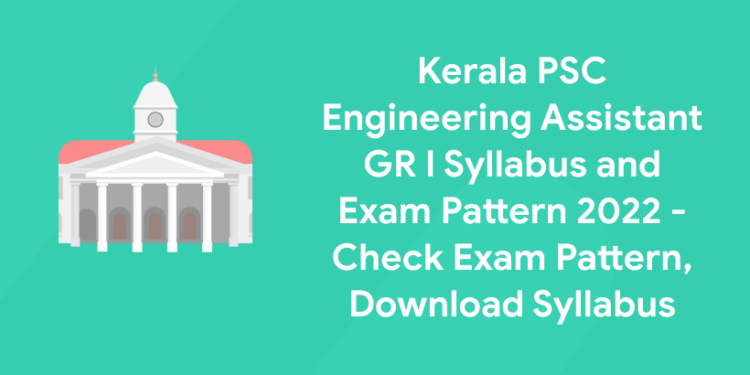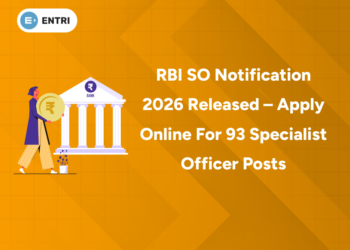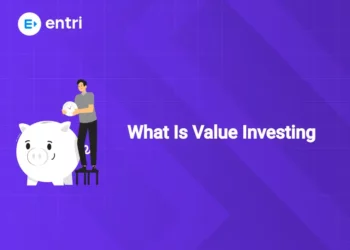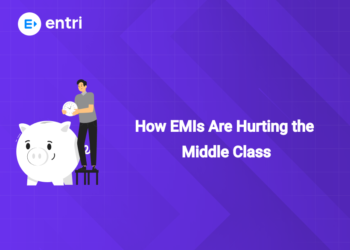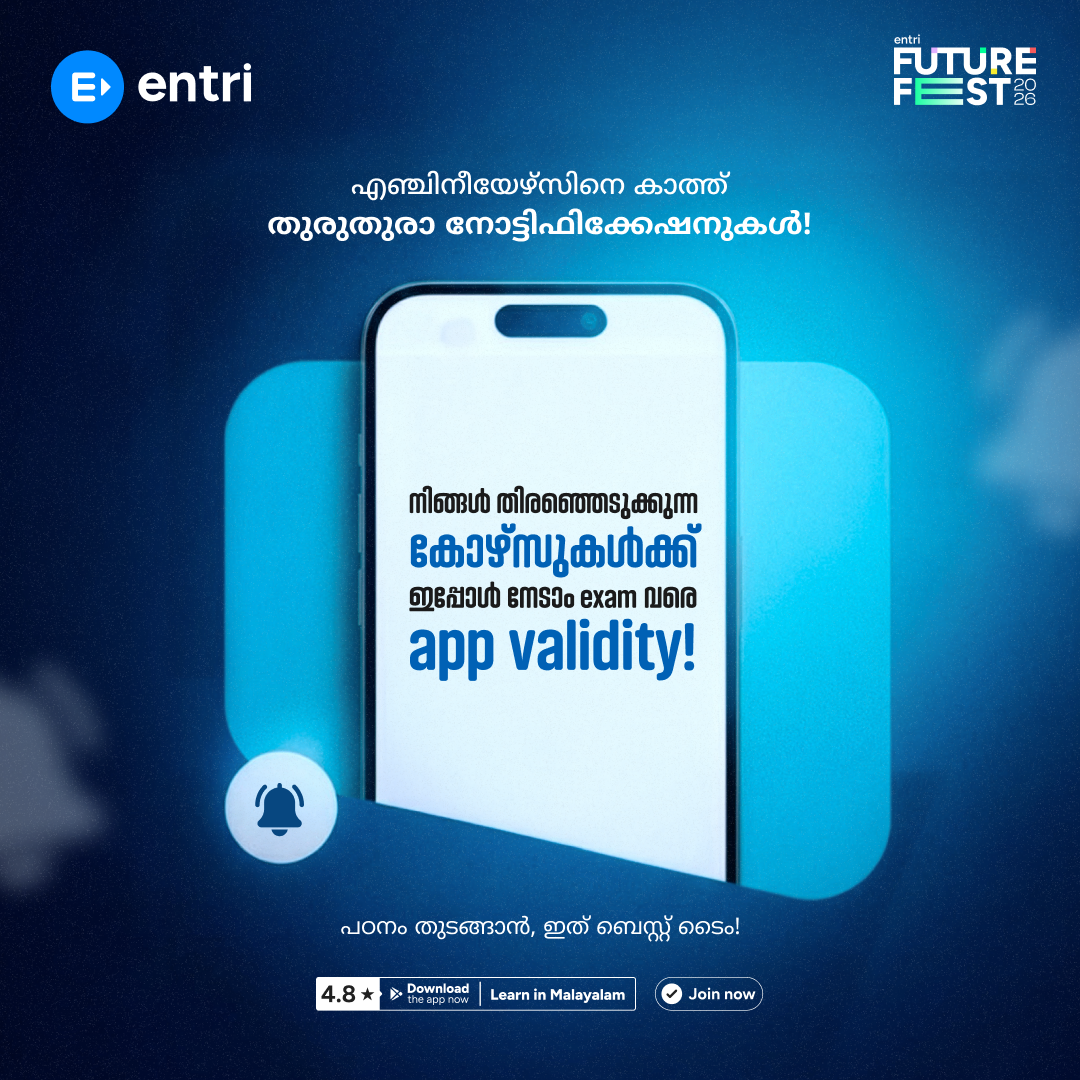Table of Contents
The Kerala Public Service Commission will be hiring qualified candidates for the position of Engineering Assistant GR I. The Commission issued a formal notification in this regard on September 30, 2021. Direct recruiting will be used to choose the qualified applicants. Candidates who want to apply for this position must take a test that is administered by the Commission. The test format and syllabus for Kerala PSC Engineering Assistant GR I 2022 are provided in this article.
Candidates who successfully submitted their confirmation on or before 11.06.2022 can download the Admission Tickets through their One Time Registration Profile in the website www.keralapsc.gov.in from 16.08.2022
Kerala PSC Engineering Assistant GR I – Overview
| Particulars | Details |
| Name of the Organization | Kerala Public Service Commission (Kerala PSC) |
| Posts Name | Engineering Assistant GR I |
| Method of Appointment | Direct Recruitment |
| Name of Firm | Kerala State Construction Corporation Limited |
| Category | Syllabus |
| Job Location | Kerala |
| Official Website | keralapsc.gov.in |
Prepare For Kerala PSC Exam – Download Entri App.
Kerala PSC Engineering Assistant GR I 2022 – Exam Pattern
1: Between the period of 1858-1947, how many Viceroys ruled over India?
The Kerala PSC Engineering Assistant GR I Exam Pattern assists candidates in learning more about the question paper, the quantity of questions, and the weighted average of the marks assigned to each answer. It helps applicants get ready for the test appropriately and do better than the Kerala PSC Engineering Assistant GR I Cut Off. In order to finish the exam on time, applicants might practice answering questions from prior years’ question papers before the exam.
- Total no. of questions: 100
- Total marks: 100
- Each question carries: 1 mark
- Negative marking: 0.33 for every wrong answer
- Medium: English
Refer to the below table to see the exam pattern for Kerala PSC Engineering Assistant GR I
| Topic | No. of Questions | Total Marks | Time Duration |
| Mechanics of Solids and Structural Analysis | 100 | 100 | 1 hour 30 minutes |
| Fluid Mechanics and Water Resources Engineering | |||
| Surveying and Levelling, Quantity Surveying and Valuation | |||
| Building materials, Construction Technology, Construction Management | |||
| Environmental Engineering | |||
| Design of Structures | |||
| Geotechnical Engineering | |||
| Transportation Engineering and Urban Planning | |||
| Total | 100 | 100 |
Attempt free mock test to ace your Kerala PSC 2022 preparation
Prepare for Kerala PSC Technical Exams with Entri
സർക്കാർ ജോലി എന്ന സ്വപ്നം ഇനി സ്വപ്നം മാത്രമല്ല! Join Kerala's Top-rated PSC Coaching Programs
Join NowKerala PSC Engineering Assistant GR I 2022 – Syllabus
According to the Kerala Public Service Commission (KPSC) previous years’ official notification for the Engineering Assistant GR I exam, a candidate must appear for a written exam to be selected for the post. The Engineering Assistant GR I Kerala PSC Syllabus is hence relevant to all Engineer exams offered for various departments. The primary 8 topics covered in the Kerala PSC Engineering Assistant GR I Syllabus 2022 are listed below:
Part I
- Mechanics of Solids and Structural Analysis – Concept of stress and strain, Bending moment and shear force, Stresses in beams, Deflection of beams, Theory of columns, Truss analysis, Displacement response of statically determinate structural systems using energy methods, Principle of virtual work, Statically indeterminate structures, Strain Energy methods, Moving loads and influence lines, Arches. Slope Deflection Method, Moment Distribution Method, Clapeyrons Theorem (Three Moment Equation), Kani’s method of analysis.
- Fluid Mechanics and Water Resources Engineering – Fluid Statics- Fluid pressure, Buoyancy and floatation, Fluid Kinematics, Dynamics of fluid flow, Flow through orifice and notches, Flow through pipes, Boundary layer, Drag and Lift on immersed bodies. Hydraulic machines- flow through vanes (moving and stationary) Impulse and reaction Turbines, Centrifugal Pumps, Open channel flow, Uniform flow, Hydraulic Jump, Gradually varied flow, Dimensional analysis and model testing. Hydrologic cycle, Precipitation, Infiltration and Evaporation-measurement and data analysis. Runoff-components and computation, Hydrograph, Unit Hydrograph and S-Hydrograph. Irrigation types and methods-Soil water plant relationships, Frequency of irrigation, Computation of crop water requirement. Stream flow measurement -Stage-discharge curve. Meandering of rivers, river training works. Surface water systems: diversion and storage systems, reservoir – estimation of storage c/pacity and yield of reservoirs – reservoir sedimentation -useful life of reservoir. Groundwater – Aquifer types and properties – Steady radial flow into a well. Estimation of yield of an open well.
Part II
- Surveying and Levelling, Quantity Surveying and Valuation – Basics of Surveying, Levelling and Contouring, Area and Volume Computation, Theodolite Survey, Mass Diagram, Triangulation, Theory of Errors, Electronic Distance Measurement, Total Station Survey, Global Positioning Systems, Remote Sensing, Geographical Information System Analysis of rates – Data book and schedule of rates, Analysis of rates for various items of work, Detailed specification. Types of Estimate. Detailed estimate including quantities, abstract and preparation of various items of works, Preparation of bar bending schedules for various RCC works. Valuation- Methods of valuation, Depreciation, Fixation of rent
- Building materials, Construction Technology, Construction Management – Construction Materials – Timber, Mortar, Iron and Steel, Structural steel, Modern materials. Concrete–Admixtures, Making of concrete, Properties of concrete, Mix proportioning. Building construction- Foundations, Cost-effective construction, Masonry, Lintels and arches. Floors and flooring, Roofs and roof coverings, Doors, windows and ventilators, Finishing works. Tall Buildings – Steel and Concrete frame, Prefabricated construction, Slip form construction. Vertical transportation – Stairs, Elevators, Escalators and Ramps. Building failures and Retrofitting, failures in RCC and Steel structures. Construction Planning and Scheduling, Construction disputes and settlement, Ethics in Construction, Construction safety, Principles of materials management, Quality management practices, Construction procedures.
Part III
- Environmental Engineering – Water sources and demand, Quantity estimation, Population forecasting, Quality of water. Water treatment- Physical methods, Chemical methods. Design of sedimentation tank, flocculator, clariflocculator, filters, Membrane treatment techniques. Disinfection methods. Distribution of water, Pumps, Hardy Cross method of analysis Waste water- Sources, Characteristics, Oxygen demand. Design of sewers, Circular sewers, Partial flow and full flow conditions. Sewer appurtenances, Disposal of wastewater, Streeter Phelps equation, Oxygen sag curve, Treatment methods, Aerobic and anaerobic methods, Design of various treatment units-Screening, Grit chamber, Sedimentation tank, Activated Sludge process, Trickling filter, Rotating biological contactor, Septic tanks, Imhoff tanks, Oxidation ditches, Oxidation ponds, Upflow anaerobic sludge blanket reactors, Sludge digestion, Sludge drying bed. Air pollution-sources, effects on human, Control of air pollutants, Air quality legislations.
- Design of Structures – Limit state method of design, Analysis of reinforced rectangular beams, Shear strength of RC beam, Design of shear reinforcement, Bond and development length, Curtailment of reinforcement, Design for torsion, Design of one way slab, Cantilever slab, Continuous slab (detailing only), Two way slabs, Limit state of serviceability, Deflection, Cracking, Stair cases -design & detailing. Columns-effective length-design of axially loaded short columns with rectangular ties and helical reinforcement. Columns subjected to compression, Uniaxial bending and biaxial bending, Design of slender columns, Design of wall/strip footing- design of footings, Design of cantilever retaining wall without surcharge, design principles of counter fort retaining wall, Circular slabs simply supported, fixed and partially fixed subjected to udl, Design of water tanks, Design philosophy and requirements, joints, IS code recommendations, Pre-stressed concrete, Concept of prestressing, materials and methods of prestressing, Prestressing systems, losses of prestress, Analysis of prestressed beams (rectangular and I-sections) at stages of transfer and service Steel and steel structures – Bolted and welded connections, Tension members, Compression members, Beams, Roof trusses, Purlins. Timber structures- columns, composite beams (concepts only)
Part IV
- Geotechnical Engineering – Major soil deposits of India, Classification and three phase system of soil, Permeability of soils, Principle of effective stress, Shear characteristics of soil, Consolidation (Terzaghi’s theory of onedimensional consolidation only) and Compaction. Stability of finite slopes-Swedish Circle Method and Friction circle method, Stresses in subsoil due to loaded areas of various shapes, Boussinesq’s formula, Newmark’s chart Lateral earth pressure-Rankine’s and Coulomb’ theories Bearing capacity of soil, Estimation of magnitude of settlement, Site investigation, Standard Penetration Test and Plate load test, Design of shallow, deep and machine foundations, Ground improvement techniques.
- Transportation Engineering and Urban Planning – Classification and alignment of highways, Geometric design of highways, Properties and testing of pavement materials, CBR method of flexible pavement design, Construction and maintenance of pavements, Design of runways, taxiways and aprons. Traffic characteristics- Traffic studies and analysis, Traffic control devices. Airport characteristics- Aircraft component parts. Site selection, Terminal area planning- Airport marking and lighting. Traffic regulation rules, Highway capacity, Traffic safety, Influencing factors and preventive measures for traffic accidents, Basic diagrams of traffic flow theory. Railways- geometric design of tracks, railway operation control, Maintenance. Alignment, Ventilation and drainage of tunnels, Types of harbours and docks. Goals and objectives of planning; Components of planning, Regional planning, Theories of urbanization, Study of Urban Forms, Zoning, Development of new towns, Town Development Plan, Town planning acts.
Prepare For Kerala PSC Exam – Download Entri App.
Kerala PSC Engineering Assistant GR I 2022 – Syllabus PDF
The Kerala PSC Engineering Assistant GR I Syllabus 2022 can be downloaded from the link mentioned below. You can get the Kerala PSC Engineering Assistant GR I Syllabus 2022 here. After doing this, candidates can schedule their time according to the format of the exam and will be better prepared.
Click Here To Download Engineering Assistant Gr I Syllabus 2022
Entri is an online test preparation software that assists with the preparation of all government and banking exams. Anyone who wants to succeed in the tests is welcome to join our student body. Our expertly designed seminars, free practice exams, practice papers, and current affairs notes will help you achieve your goal of working for the government.


